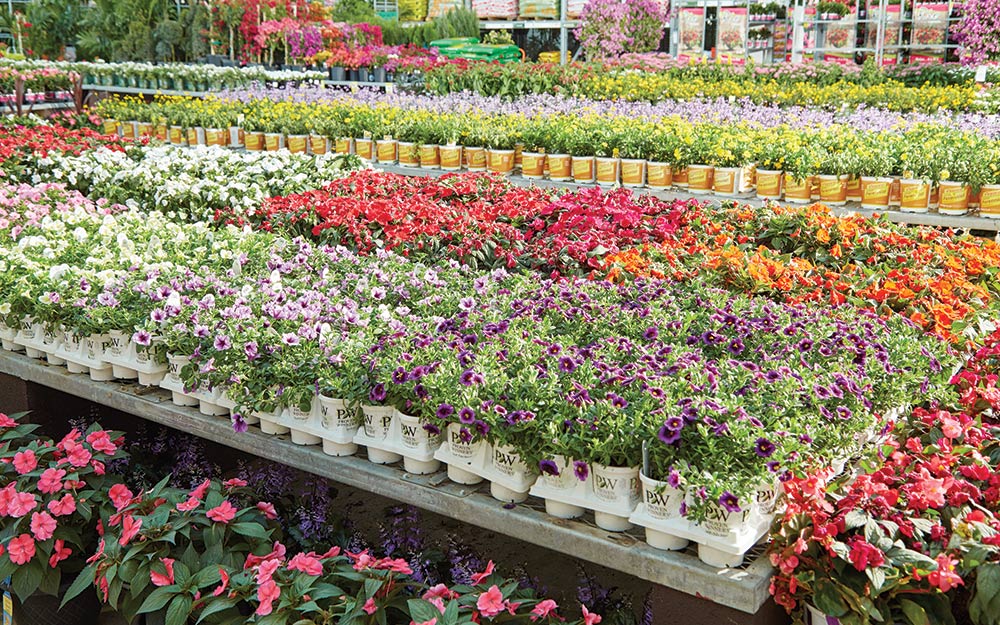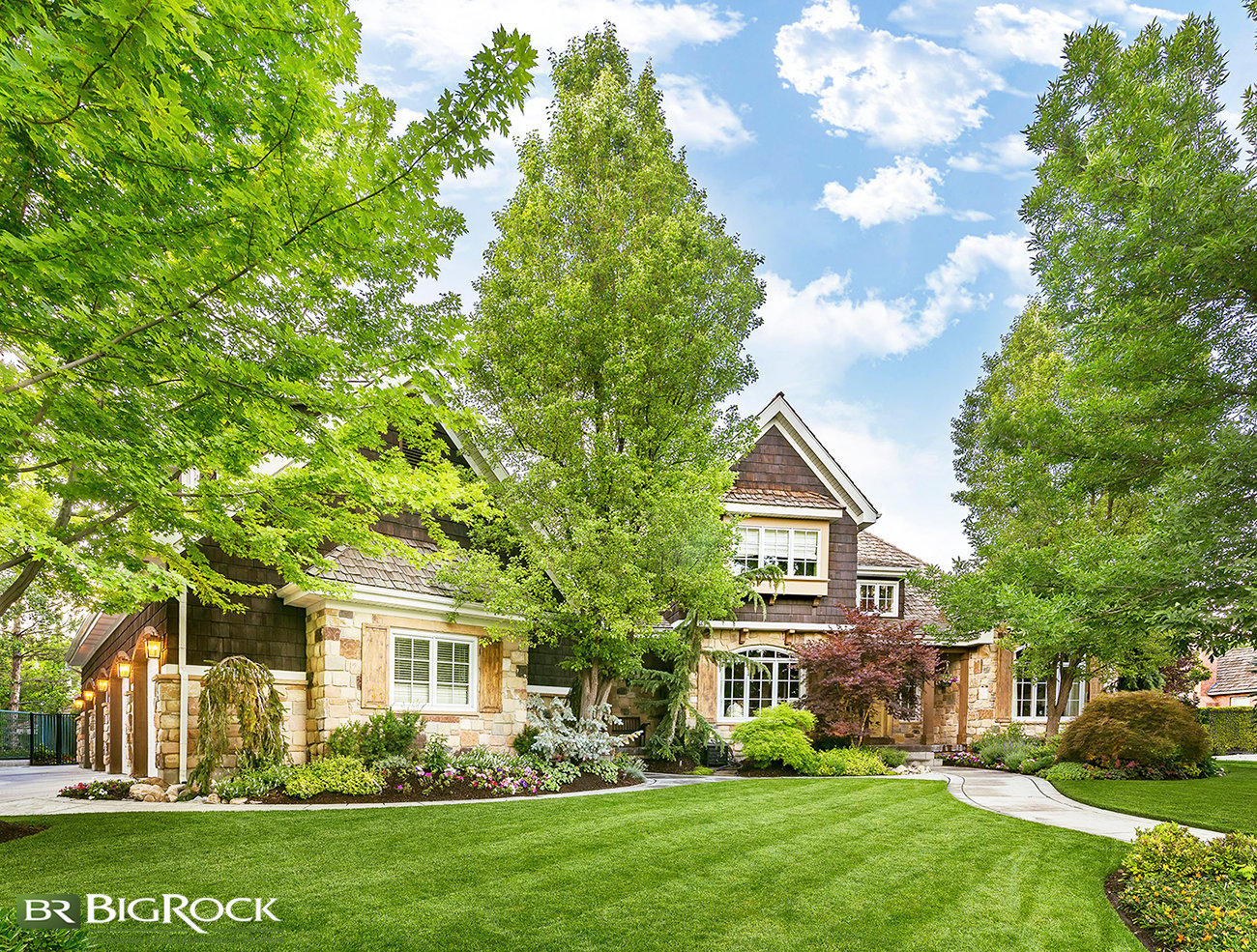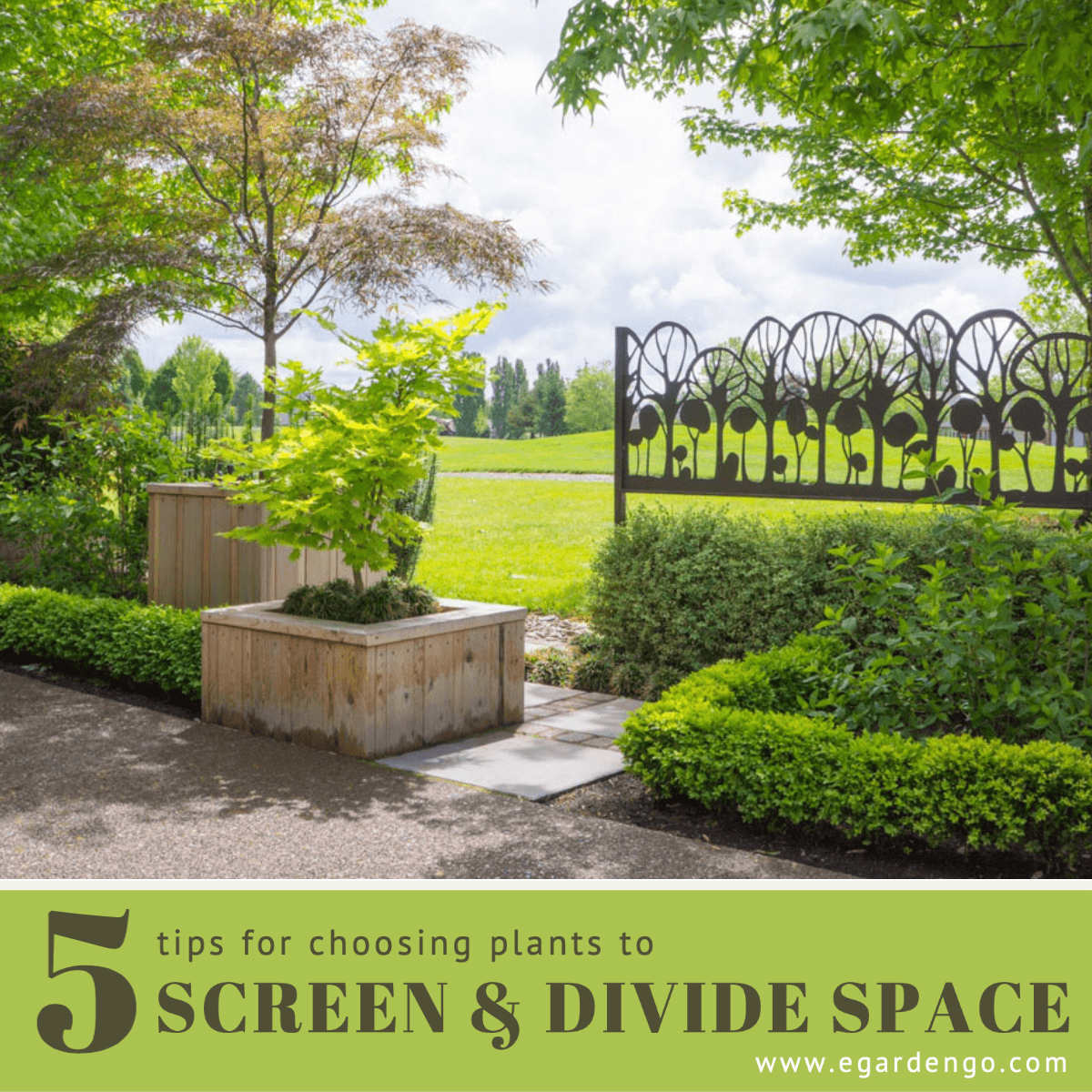As an Amazon Associate, I earn from qualifying purchases.
To choose the best plants for your home garden, consider your local climate and the plants’ sunlight and water needs. Research plant types that thrive in your region.
Creating a home garden can be both rewarding and therapeutic. Selecting the right plants ensures a thriving, beautiful garden. Start by assessing your garden space, including sunlight exposure and soil quality. Choose plants that match your local climate to reduce maintenance.
Native plants are often a great choice as they are adapted to local conditions. Consider the water needs of each plant and group similar ones together for efficient watering. Finally, think about the aesthetic you want to achieve, whether it’s a vibrant flower garden or a lush, green sanctuary. With careful planning, your home garden will flourish.
Assessing Your Garden Space
Choosing the best plants for your home garden starts with assessing your garden space. This involves understanding the available sunlight, testing the soil, and measuring the area. These steps ensure your plants thrive and your garden looks stunning.
Evaluating Sunlight
Sunlight is crucial for plant growth. Start by observing your garden throughout the day. Note the areas that receive full sun, partial sun, and shade. Use the following table to categorize your garden space:
| Sunlight Level | Hours of Sunlight | Suitable Plants |
|---|---|---|
| Full Sun | 6+ hours | Tomatoes, Roses, Sunflowers |
| Partial Sun | 3-6 hours | Hydrangeas, Ferns, Hostas |
| Shade | Less than 3 hours | Impatiens, Begonias, Heucheras |
Soil Testing
Soil quality affects plant health. Perform a soil test to determine its type and pH level. Use a soil testing kit or send a sample to a local lab. Focus on these important points:
- Soil Type: Sandy, clay, loamy
- pH Level: Acidic, neutral, alkaline
- Nutrient Content: Nitrogen, phosphorus, potassium
Adjust soil conditions based on the test results. Add compost to improve sandy soil. Mix sand to loosen clay soil. Adjust pH with lime or sulfur. Choose plants that match your soil type and pH level. This ensures they grow strong and healthy.

Credit: kensgardens.com
Climate Zones
Choosing the best plants for your home garden begins with understanding your climate zone. Each plant thrives in specific conditions. Knowing your climate zone helps you pick the right plants for your garden. It ensures they grow healthy and strong.
Identifying Your Zone
First, find your climate zone. The USDA Plant Hardiness Zone Map is a helpful tool. It divides regions based on average annual minimum winter temperatures. Identify your zone by entering your zip code on the USDA website.
Here is a simple table to understand temperature ranges for each zone:
| Zone | Average Minimum Temperature (°F) |
|---|---|
| 1 | -60 to -50 |
| 2 | -50 to -40 |
| 3 | -40 to -30 |
| 4 | -30 to -20 |
| 5 | -20 to -10 |
| 6 | -10 to 0 |
| 7 | 0 to 10 |
| 8 | 10 to 20 |
| 9 | 20 to 30 |
| 10 | 30 to 40 |
| 11 | 40 to 50 |
Choosing Zone-specific Plants
Once you know your zone, select plants that thrive in it. Look for plant labels or descriptions mentioning your zone number. Choose plants that match your zone’s temperature range.
Here are some steps to choose the right plants:
- Check the plant’s zone compatibility.
- Consider the plant’s sun and water needs.
- Think about the soil type in your garden.
- Zone 3-4: Pansies, Lilacs
- Zone 5-6: Daylilies, Peonies
- Zone 7-8: Lavender, Roses
- Zone 9-10: Bougainvillea, Citrus Trees
Choosing the right plants ensures a flourishing garden. Happy gardening!
Determining Plant Purpose
Choosing the right plants for your home garden is a delightful journey. First, understand the purpose of the plants. Knowing why you want specific plants helps in making the best choices. This section guides you through determining plant purpose.
Aesthetic Goals
Do you want your garden to look beautiful? If so, focus on aesthetic goals. Think about colors, shapes, and textures. Here are some ideas:
- Bright flowers for a burst of color
- Evergreens for year-round greenery
- Ornamental grasses for texture and movement
Mix different plant types for a balanced look. Place tall plants at the back and shorter ones in front.
Functional Needs
Beyond beauty, some plants serve a purpose. Consider your functional needs. Do you need shade, privacy, or even fresh herbs?
Here are some functional plant ideas:
| Purpose | Plant Type |
|---|---|
| Shade | Tall trees like oak or maple |
| Privacy | Hedges like boxwood or privet |
| Herbs | Basil, mint, rosemary |
Choose plants that fit your needs and your space. Functional plants can also be pretty!

Credit: www.homedepot.com
Considering Plant Types
Choosing the right plants for your home garden can be exciting. Understanding different plant types helps you make informed decisions. I will explore Annuals vs. Perennials and Native vs. Unfamiliar plants.
Annuals Vs. Perennials
Plants can be annuals or perennials. Annuals complete their life cycle in one year. They bloom quickly and add instant color. Examples of annuals include marigolds and zinnias.
Perennials live for more than two years. They return each season and often bloom multiple times. Examples of perennials are hostas and daylilies.
| Feature | Annuals | Perennials |
|---|---|---|
| Lifespan | One year | Multiple years |
| Bloom Time | Quick bloom | Recurring bloom |
| Maintenance | High | Low |
Native Vs. Unfamiliar
Native plants are adapted to your local environment. They require less water and are low maintenance. They also support local wildlife. Examples include black-eyed Susans and purple coneflowers.
Unfamiliar plants come from other regions or countries. They can offer unique colors and shapes. However, they might need special care. Examples of unfamiliar plants are orchids and bamboo.
- Native Plants
- Adapted to local climate
- Low water needs
- Support local wildlife
- Unfamiliar Plants
- Unique appearance
- Require special care
- Can be invasive
Evaluating Maintenance Levels
Choosing the best plants for your home garden involves evaluating maintenance levels. Some plants need less care, while others require more attention. Knowing the difference helps in making the right choice.
Low-maintenance Options
Low-maintenance plants are great for beginners or busy people. These plants need less water, sunlight, and care.
- Succulents: They store water in their leaves. They need watering once a week.
- Snake Plant: This plant thrives in low light. It needs watering every two weeks.
- Pothos: Pothos can grow in water or soil. It needs minimal care.
- Spider Plant: They grow well in indirect sunlight. They need watering once a week.
High-maintenance Choices
High-maintenance plants need more care, attention, and specific conditions.
- Orchids: They need specific light and humidity levels. They require regular monitoring.
- Roses: Roses need pruning and regular watering. They are prone to pests.
- Bonsai Trees: These trees need precise watering and trimming. They require a lot of care.
- Fiddle Leaf Fig: This plant needs bright, indirect light. It needs consistent watering.
Selecting Disease-resistant Varieties
Choosing the right plants is crucial for a healthy home garden. Disease-resistant varieties can save you time and effort. These plants resist common diseases and thrive in various conditions. This guide will help you select the best options for your garden.
Common Resistant Species
Some plants naturally resist diseases better than others. Here are a few popular choices:
- Tomatoes: Varieties like ‘Mountain Magic’ and ‘Defiant’ resist blight and wilt.
- Peppers: ‘Carolina Wonder’ and ‘Jupiter’ resist bacterial leaf spot.
- Roses: ‘Knock Out’ and ‘Carefree Beauty’ resist black spot and mildew.
- Cucumbers: ‘Marketmore 76’ and ‘Diva’ resist powdery mildew and scab.
Preventative Measures
Even with disease-resistant plants, you should take preventative steps. These measures help ensure your plants stay healthy:
- Rotate Crops: Change plant locations yearly to reduce soil-borne diseases.
- Water Properly: Water early in the day to allow leaves to dry.
- Mulch: Use mulch to keep soil moist and prevent disease splash-up.
- Prune: Trim plants to improve air circulation and remove infected leaves.
Table Of Common Disease-resistant Varieties
| Plant | Resistant Varieties | Common Diseases Resisted |
|---|---|---|
| Tomatoes | Mountain Magic, Defiant | Blight, Wilt |
| Peppers | Carolina Wonder, Jupiter | Bacterial Leaf Spot |
| Roses | Knock Out, Carefree Beauty | Black Spot, Mildew |
| Cucumbers | Marketmore 76, Diva | Powdery Mildew, Scab |
Sourcing Quality Plants
Choosing the best plants for your home garden is crucial. Healthy plants ensure vibrant growth and a beautiful garden. This section explores the best ways to source quality plants.
Local Nurseries
Local nurseries are great places to find quality plants. They often have a wide variety of plants suited for your local climate. Visiting a nursery allows you to inspect plants closely. Look for healthy leaves, strong stems, and no signs of pests.
- Inspect plants for disease or pest damage.
- Ask nursery staff for advice on plant care.
- Support local businesses and get plants acclimated to your area.
Online Suppliers
Buying plants from online suppliers offers convenience and a vast selection. Ensure the supplier has good reviews and a return policy. Check for detailed descriptions and care instructions on the website.
- Read customer reviews before purchasing.
- Verify the return policy in case plants arrive damaged.
- Look for detailed plant care information on the site.
Both local nurseries and online suppliers have their benefits. Choose the option that best suits your needs and preferences. This will help you find the best quality plants for your home garden.
Preparing For Planting
Choosing the best plants for your home garden starts with good preparation. Preparing for planting ensures your plants will thrive. Here are some important steps to follow.
Soil Preparation
Soil preparation is the first step. Healthy soil is vital for plant growth. To start, you need to test your soil. This helps you understand its pH level and nutrient content.
- Test your soil using a simple kit.
- Add compost to improve soil quality.
- Ensure proper drainage to prevent waterlogging.
After testing, you may need to add nutrients. Use organic compost or fertilizers. Mix them well into the soil. This makes sure your plants get the needed nutrients.
Proper Planting Techniques
Proper planting techniques are essential for plant health. Follow these steps for best results.
- Choose the right location for each plant. Some plants need full sun, others prefer shade.
- Dig a hole twice the size of the plant’s root ball.
- Place the plant in the hole and cover with soil.
- Water the plant thoroughly after planting.
Spacing is also important. Each plant needs room to grow. Check the plant’s requirements and space accordingly. Crowded plants compete for resources.
Use a table to plan your garden layout:
| Plant | Sunlight Needs | Spacing |
|---|---|---|
| Tomato | Full Sun | 24-36 inches |
| Lettuce | Partial Shade | 12-18 inches |
| Carrot | Full Sun | 3-4 inches |

Credit: bigrockinc.com
Frequently Asked Questions
What Are The Best Plants For Low-maintenance Gardens?
Choose succulents, ferns, and perennials for low-maintenance gardens. These plants require minimal care and are highly resilient. Succulents need little water, while ferns thrive in shade. Perennials return each year, reducing the need for replanting.
How Do I Select Plants For Indoor Spaces?
Select plants based on light availability and space. Low-light plants include snake plants and pothos. Bright light plants include succulents and cacti. Small spaces benefit from compact plants like herbs.
Which Plants Are Best For Air Purification?
Spider plants, peace lilies, and snake plants are excellent for air purification. They remove toxins like formaldehyde and benzene. These plants are also low-maintenance and thrive indoors.
What Factors To Consider When Choosing Garden Plants?
Consider sunlight, soil type, and climate when choosing garden plants. Some plants require full sun, while others prefer shade. Check your soil’s pH and drainage. Ensure the plant’s hardiness matches your climate zone.
Conclusion
Choosing the best plants for your home garden can be straightforward and rewarding. Consider your climate, soil, and light conditions. Research plant needs and care tips. By doing so, you ensure a thriving garden. Happy gardening!

